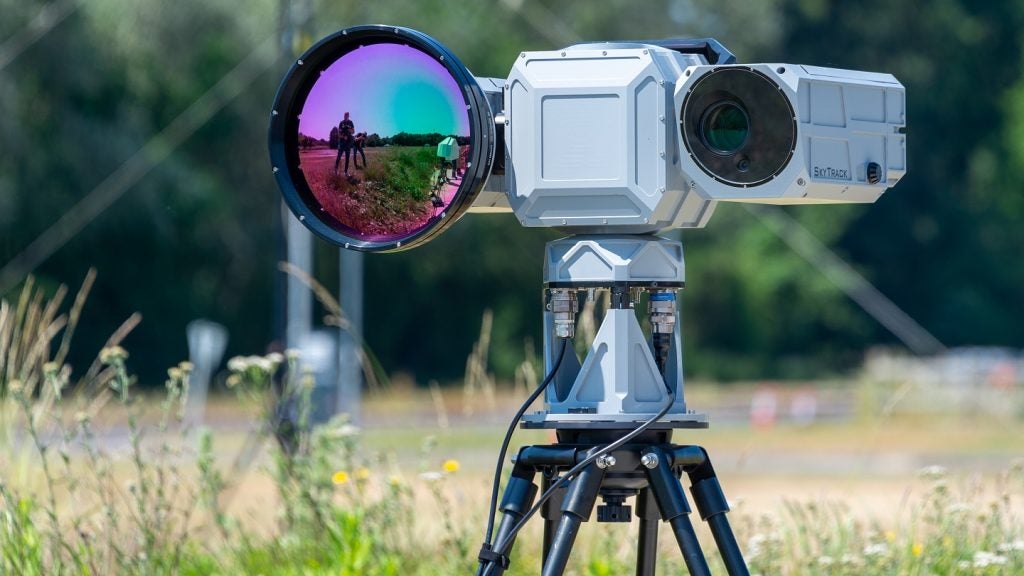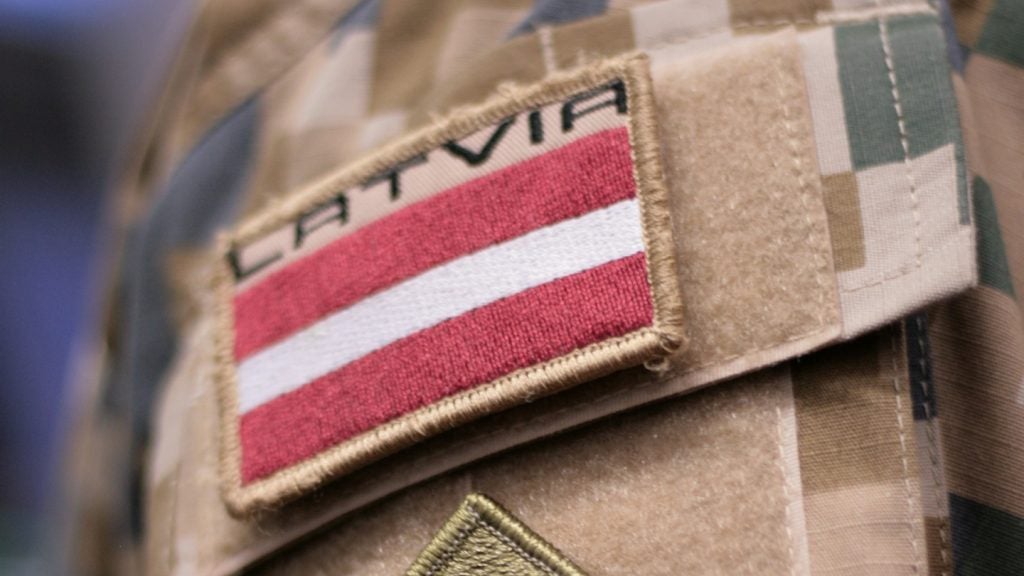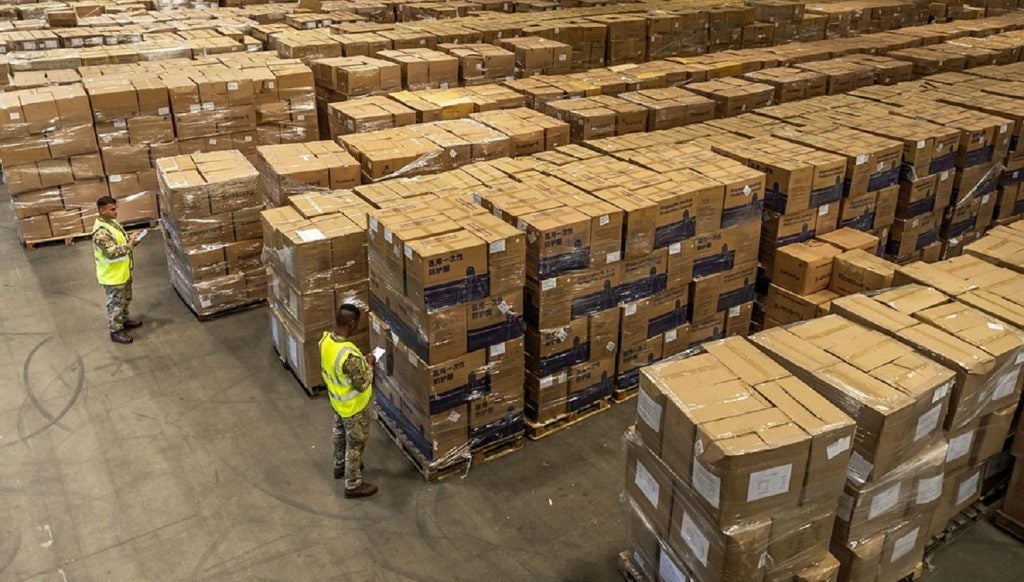
This month, awe-inspiring technology rubbed shoulders with controversy at the Defence and Security Equipment International (DSEi) show in London. In this special edition, defence editor Berenice Baker selects some key highlights from the 2011 event.
The recession defence fair
DSEi 2011 opened on 13 September 2011 with more than 1,300 of the world’s biggest military suppliers exhibiting. At first glance, the effects of the defence cuts being made by many Western forces seemed hard to detect, with big-ticket items such as tanks and warships taking pride of place. But digging a little deeper revealed the signs of cutbacks extended beyond the dearth of the usual corporate gifts.
Opening the event, UK defence secretary Dr Liam Fox explained how the Strategic Defence and Security Review (SDSR) was influencing equipment procurement, indicating that defence is not immune to the effects of the current financial downturn.
He went on to specify the opportunities the changing defence market offers, such as growing export markets and more openings for small and medium-sized businesses, of which a record number were present at DSEi this year.
The mood was reflected on the DSEi stands, with many exhibitors noting a change of pace. "We’ve had fewer drop-in visits to our stand this year," said Alan Jensen, communications manager with optical systems specialist Qioptiq. "We’re increasingly looking to the export market this year."
See Also:
Outsourcing and the use of COTS were a common theme among DSEi exhibitors, as were technologies to prolong the life of equipment or reduce maintenance requirements.
How well do you really know your competitors?
Access the most comprehensive Company Profiles on the market, powered by GlobalData. Save hours of research. Gain competitive edge.

Thank you!
Your download email will arrive shortly
Not ready to buy yet? Download a free sample
We are confident about the unique quality of our Company Profiles. However, we want you to make the most beneficial decision for your business, so we offer a free sample that you can download by submitting the below form
By GlobalDataSuccess stories
There were plenty of success stories, showing progress made on previous contracts. General Dynamics showed its Scout-SV representative prototype for the first time, developed as part of a £500m contract from the UK Ministry of Defence issued in July 2010.
It is one of a number of vehicles being developed to de-risk the programme prior to the delivery of the first of seven prototype vehicles in 15 months.
Invisibility cloak
The economic slowdown has not stopped defence innovations. BAE Systems has already received wide press coverage for its Adaptiv ‘invisibility cloak’, which uses a series of hex-shaped computer-controlled semiconductor heat-sink tiles to hide or disguise the thermal image of military assets.
Visitors were treated to a demonstration where they could view the technology through an infrared camera, which demonstrated a tank blending into the background or having its heat signature changed to one of a civilian car, or even spelling out a message to friendly forces.
Smallest sniper rifle
Some innovations closely met the requirements of the soldier in the field.
US-headquartered rifle specialist Desert Tactical Arms responded to demands for marksmen to be more mobile and easily concealed by unveiling a much smaller sniper rifle.
The company’s Stealth Recon Scout is a full foot shorter than conventional sniper weapons without sacrificing accuracy – it claims to maintain a one to two minute of angle, typical of its type. It can be adapted to mission requirements by changing the weapon’s calibre and length.
Flexible protection
Englands Safety Equipment displayed its inflatable armour, which protects wearers while in water by combining a life jacket with soft and hard armour.
It is claimed the patented design, which won a UK Government SMART award, is more comfortable and flexible that traditional life jackets, enabling combatants to carry out engagements while preventing them sinking, even when carrying heavy equipment.
Communications
Communications continued to be one of the most rapidly-changing areas of technology. Cassidian demonstrated its R&D project ‘Mobile IP Node’, which will automatically set-up optimum secure communication networks between resources for voice, data and video in new military theatres or post natural disasters.
Destroyer
DSEi’s docklands location leant itself to the showcasing of naval systems, a number of which were sailed up the River Thames and docked outside the exhibition centre. Among them was the Royal Navy’s Type 45 destroyer HMS Dauntless.
Submarine commanding officer Captain Will Warrender said: "HMS Dauntless represents the future for the Royal Navy, and is bristling with the newest military technology. The ship represents the finest shipbuilding skills the UK has to offer and is a great example of the high standards and capabilities of the British defence manufacturing base."
Commissioned in June 2010, HMS Dauntless is designed to defend multiple assets in an air-threat environment and is also capable of engaging in combat in both deep sea and littoral environments.
Controversy
DSEi rarely passes without attracting controversy, and this year it was not just the anti-arms industry protestors that caused a commotion.
It was reported that two state-run Pakistani defence firms were expelled from the exhibition for distributing material that promoted cluster bombs.
Although the hardware was not present on the stands, Pakistan Ordnance Factory and Pakistan’s Defence Export Promotion Organisation displayed promotional material for artillery-launched cluster munitions.
UK-based company Beechwood Equipment was also criticised for distributing leaflets promoting illegal human restraints, including leg cuffs and waist chains.
Rapid changes
If DSEi is anything to go by, the reports of a severe downturn in the defence industry are exaggerated. However, suppliers may find themselves increasingly under pressure to remain agile to respond sufficiently to the rapid changes in the demands of the defence market.







